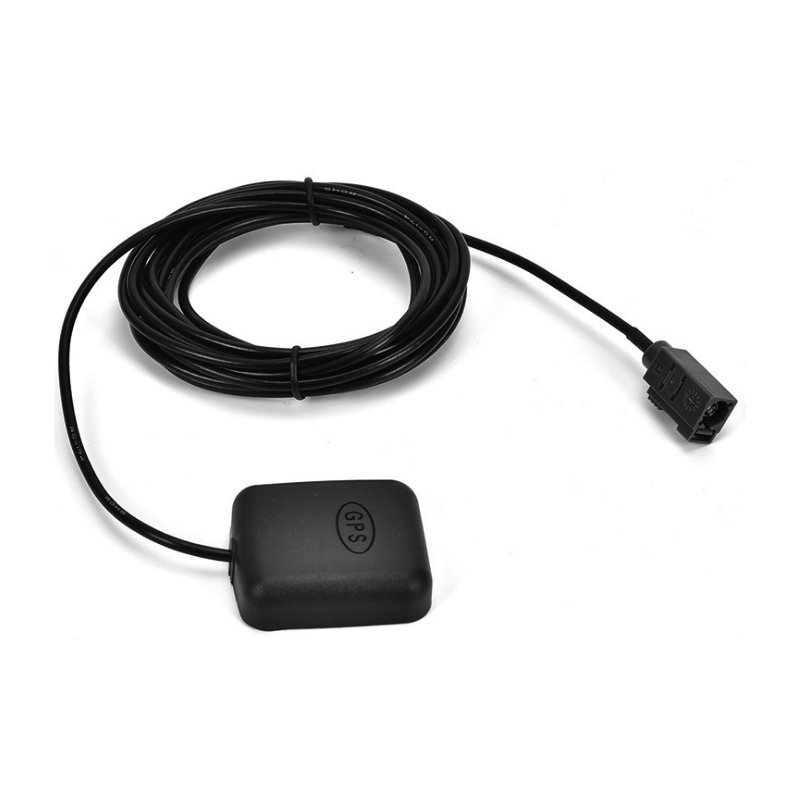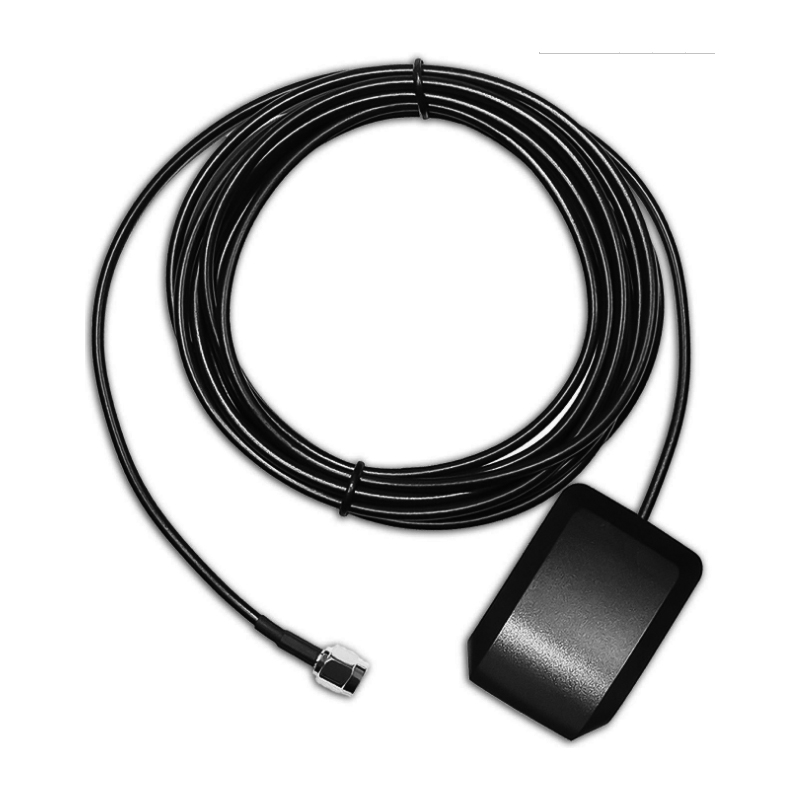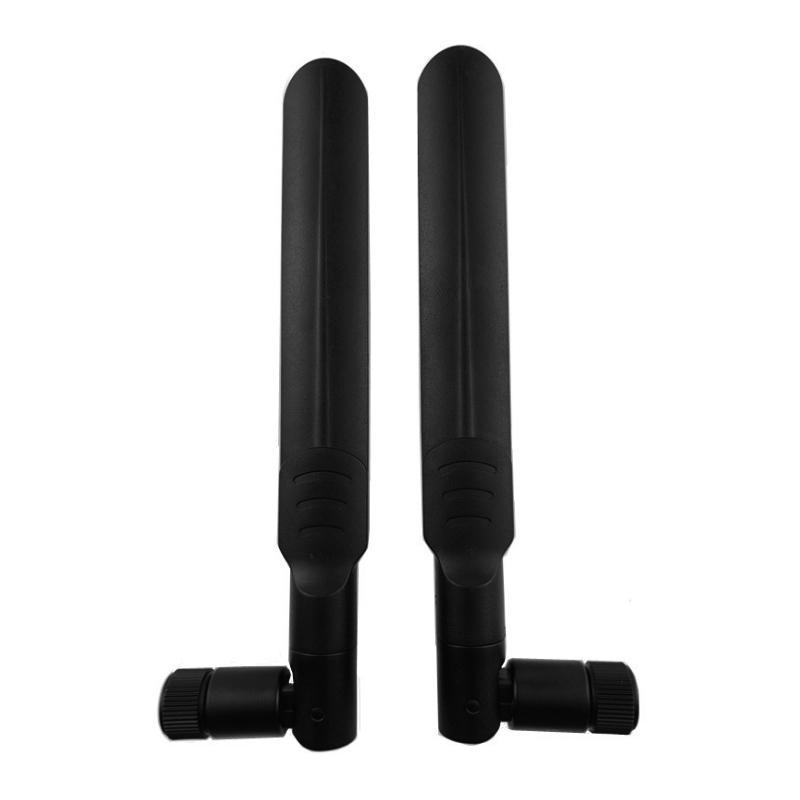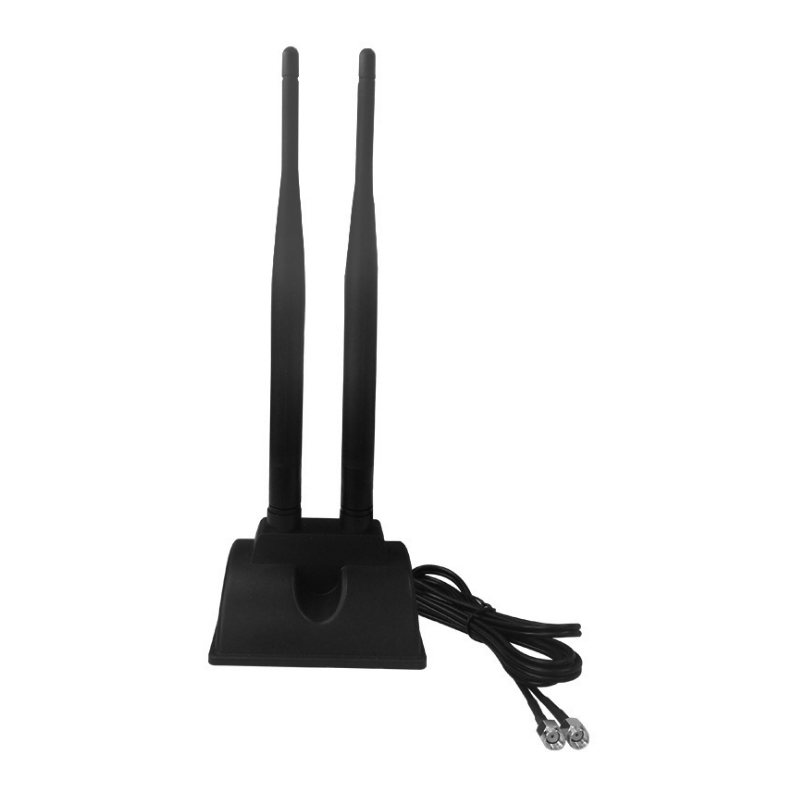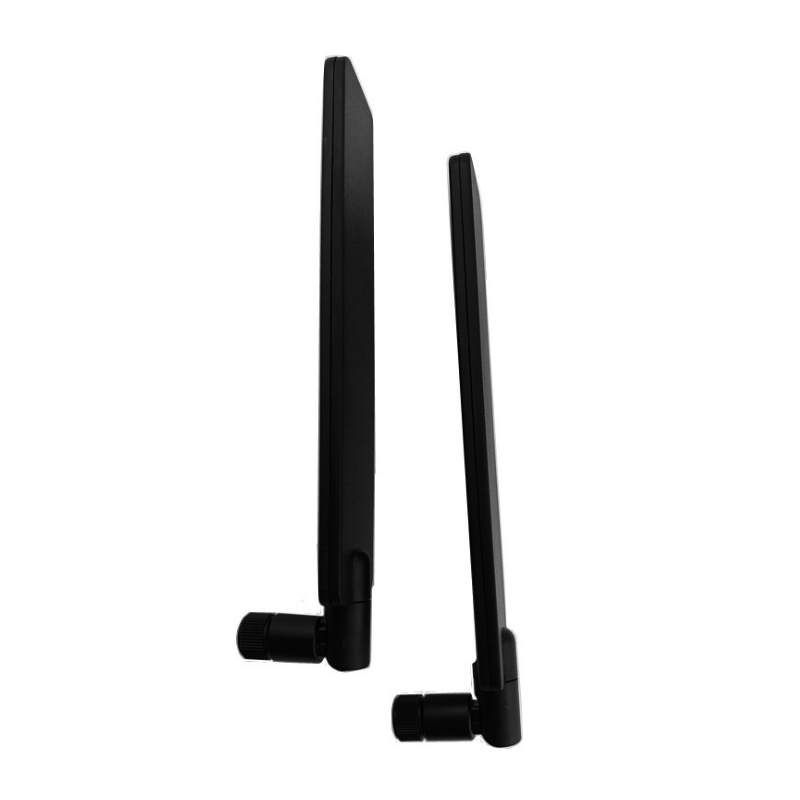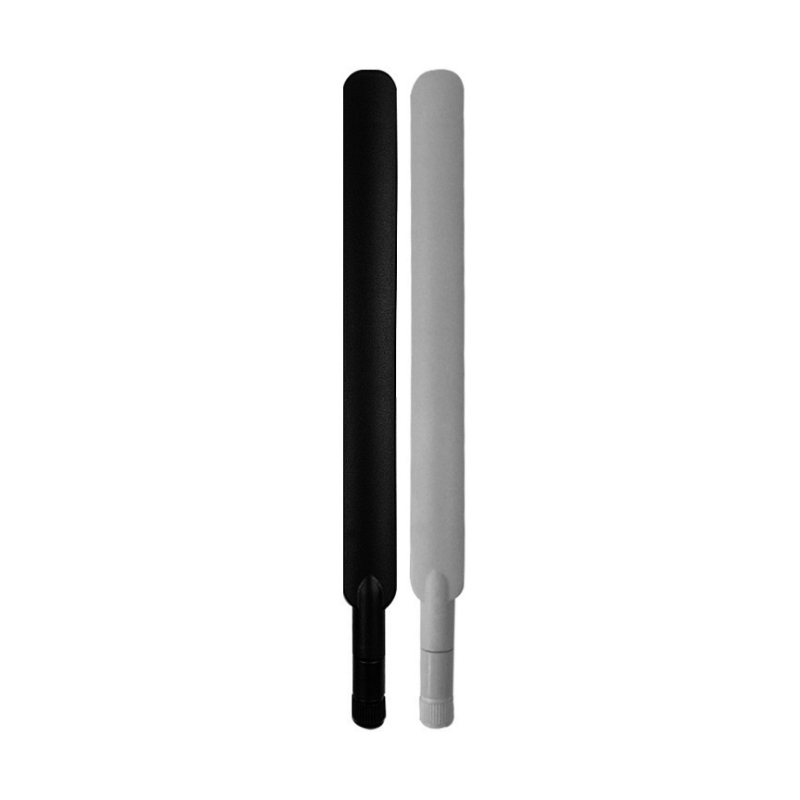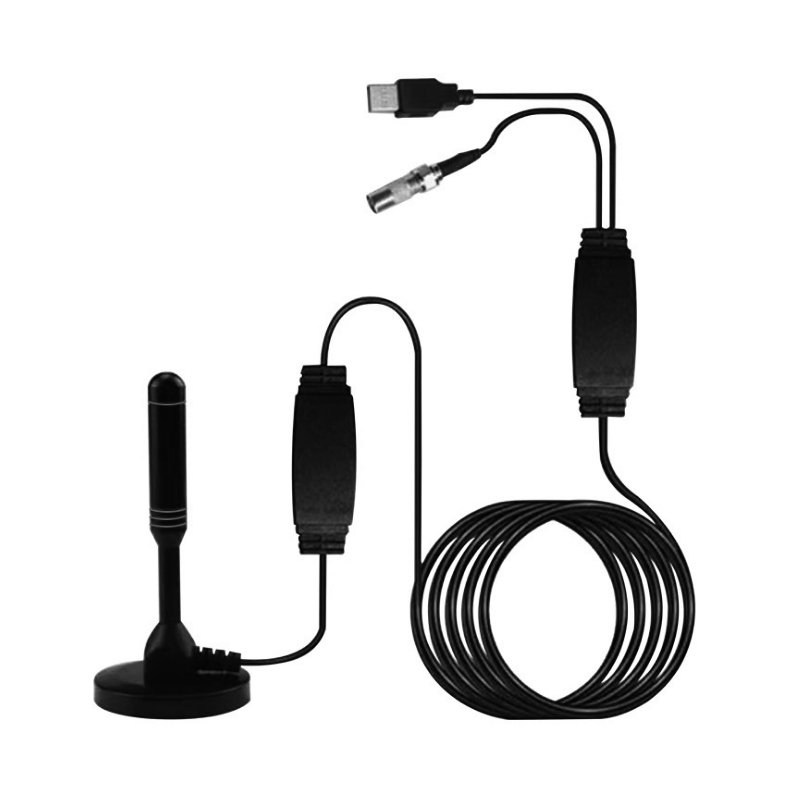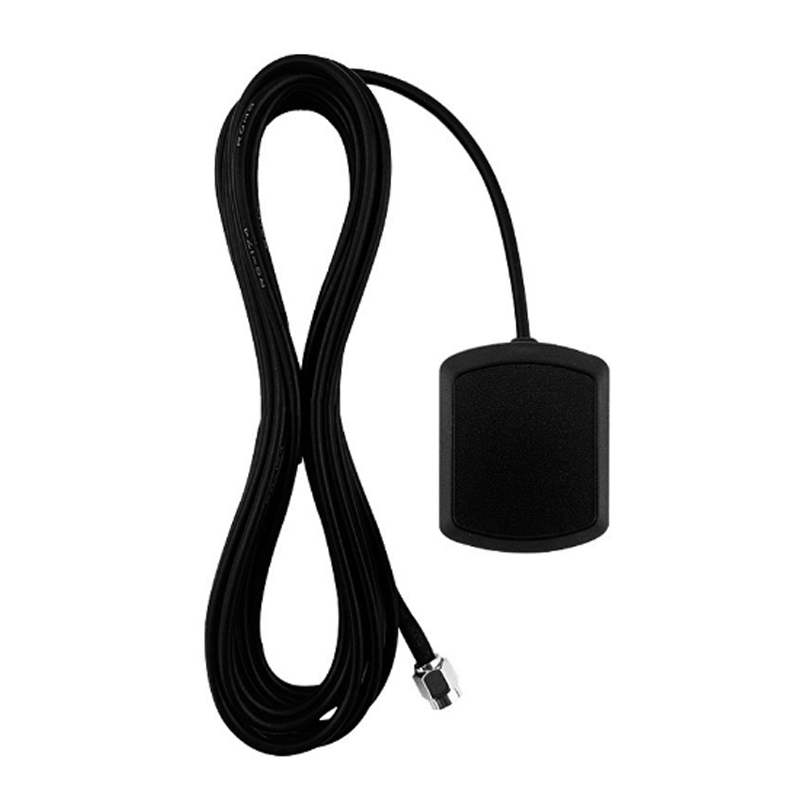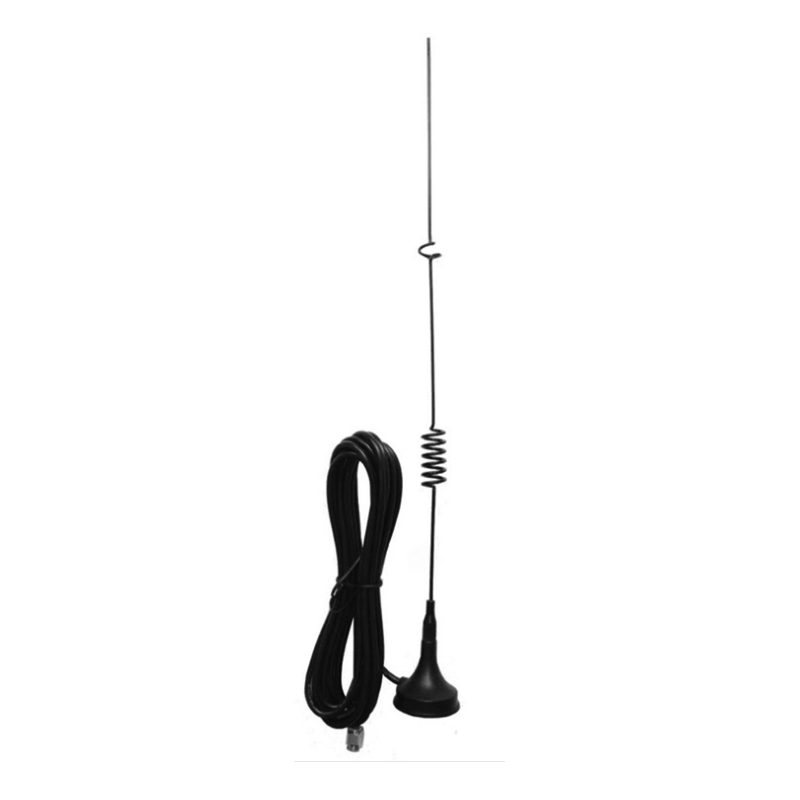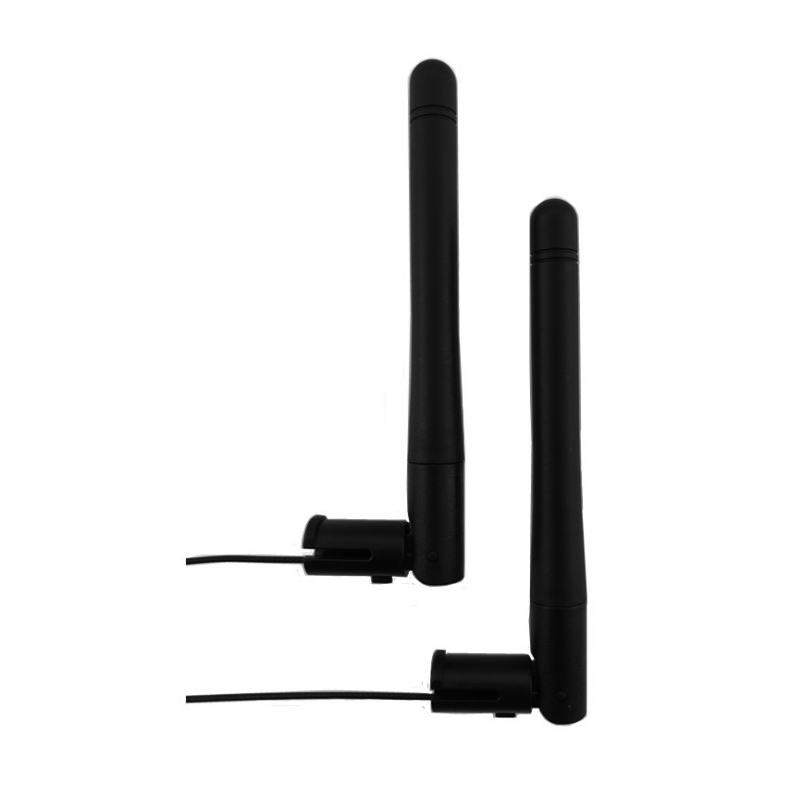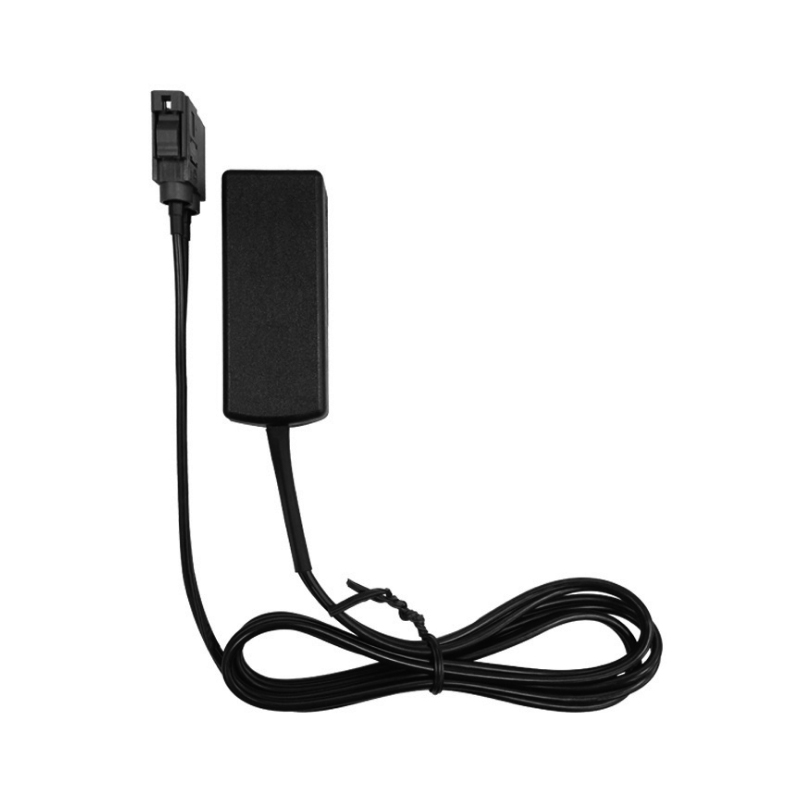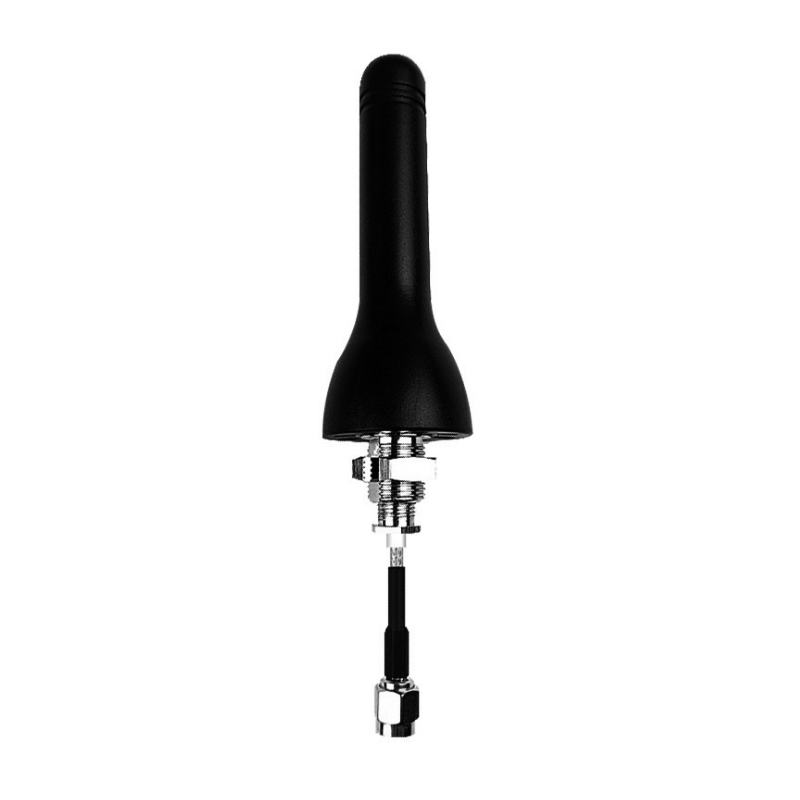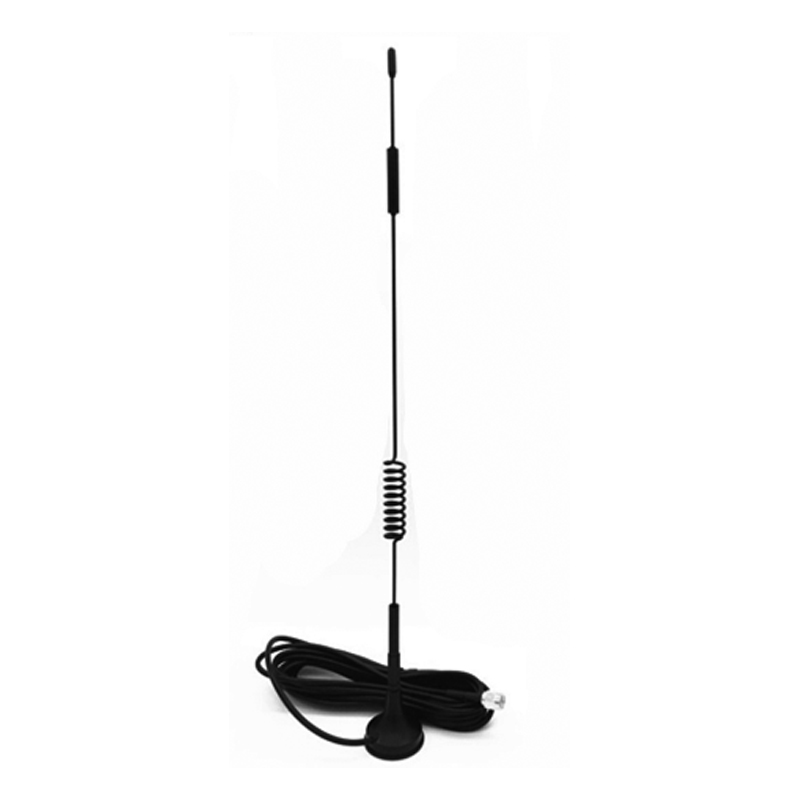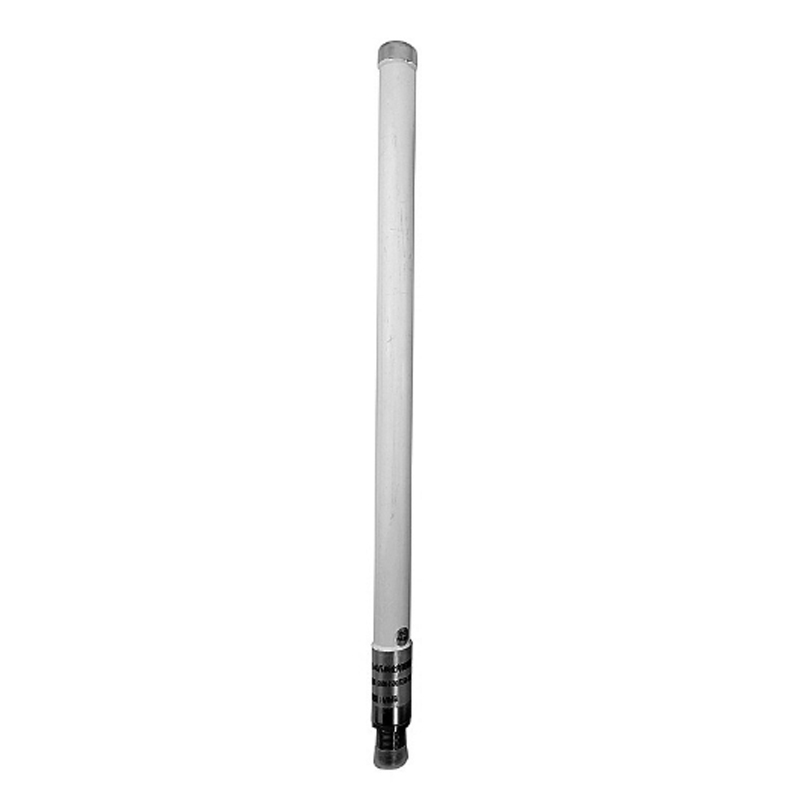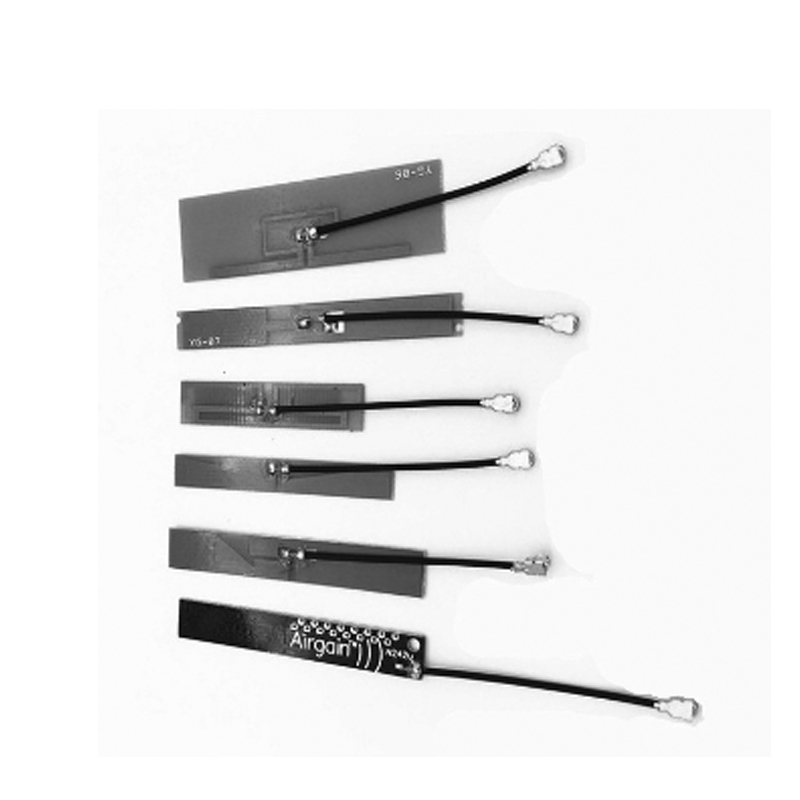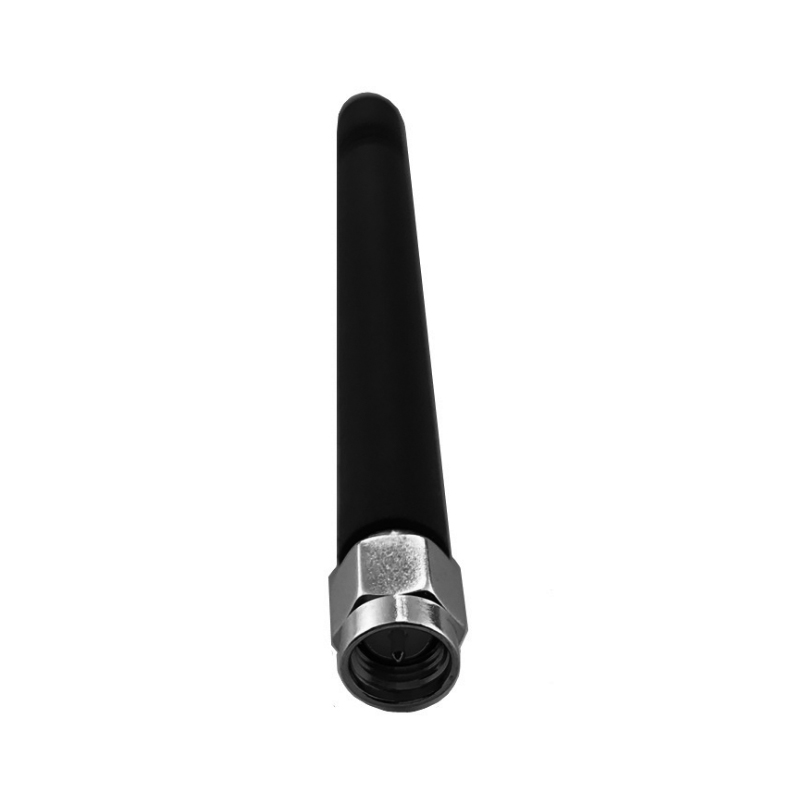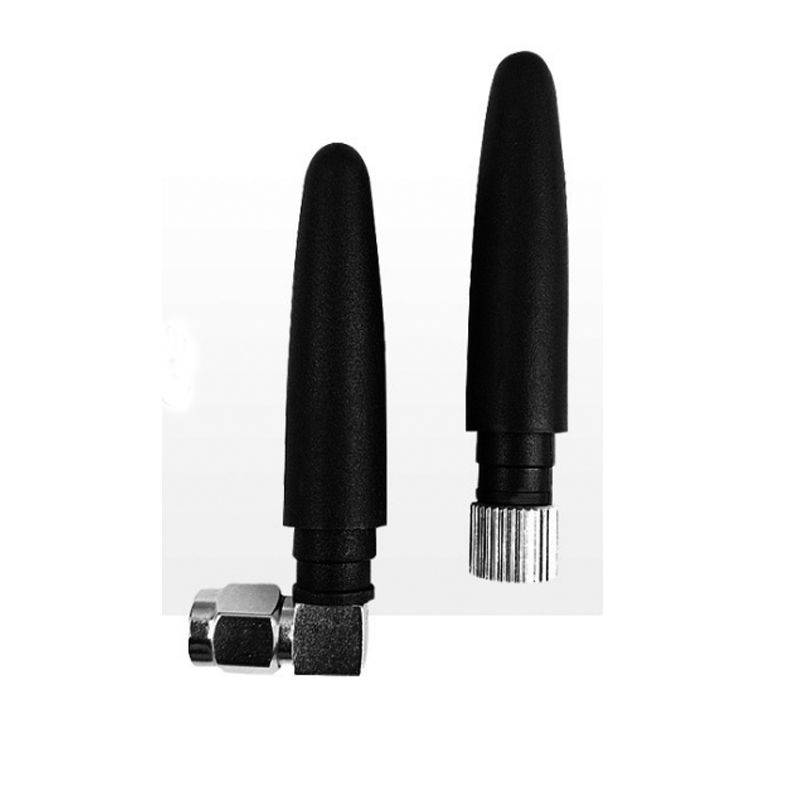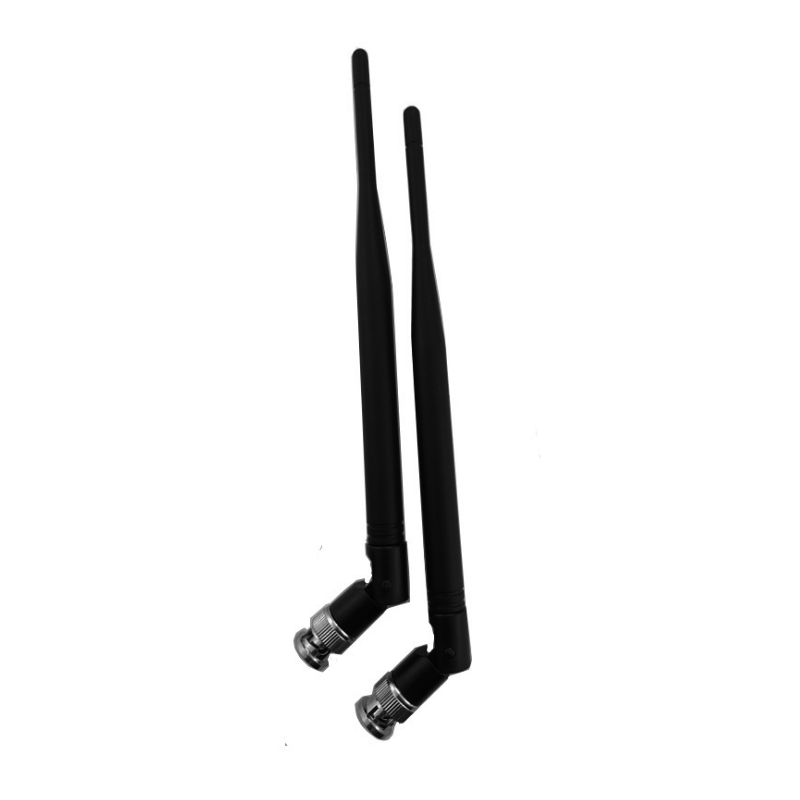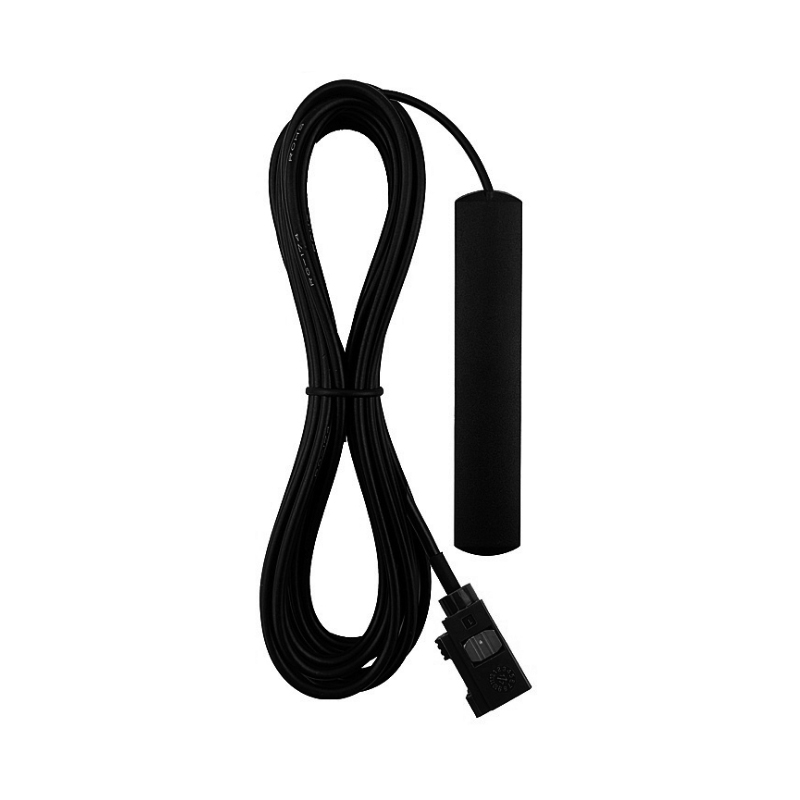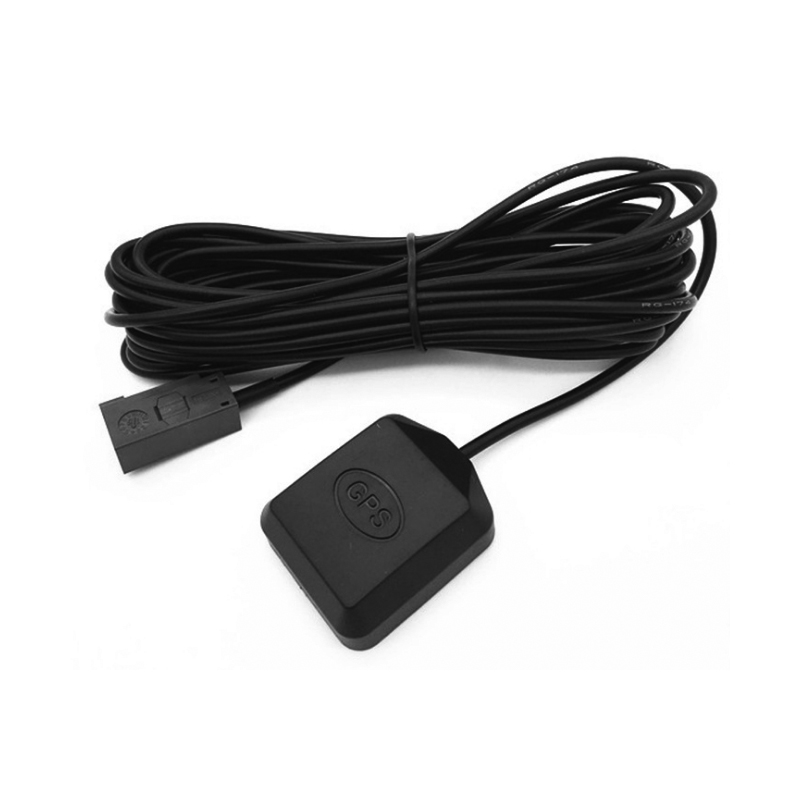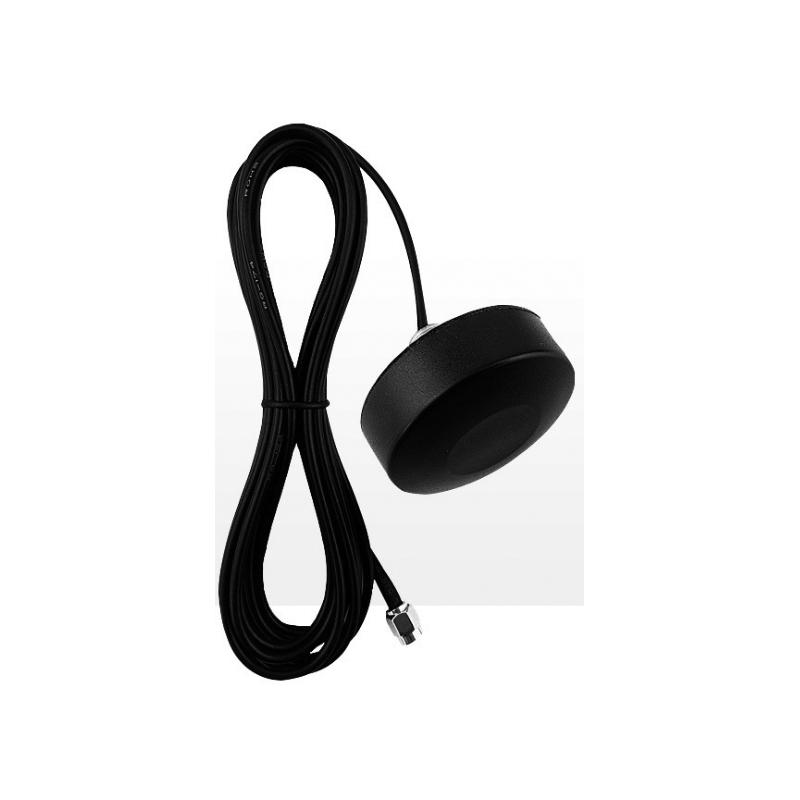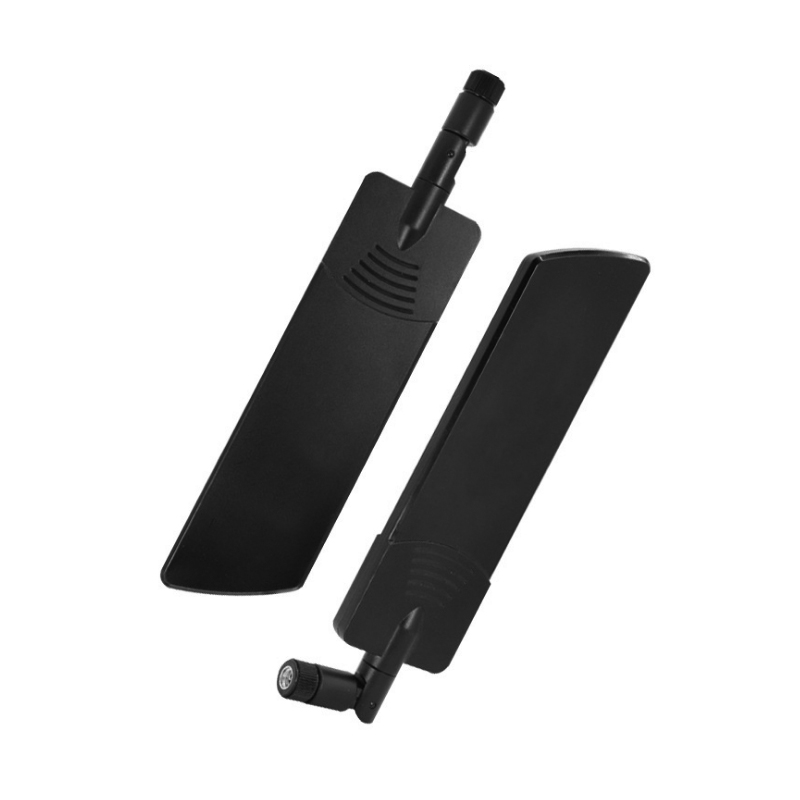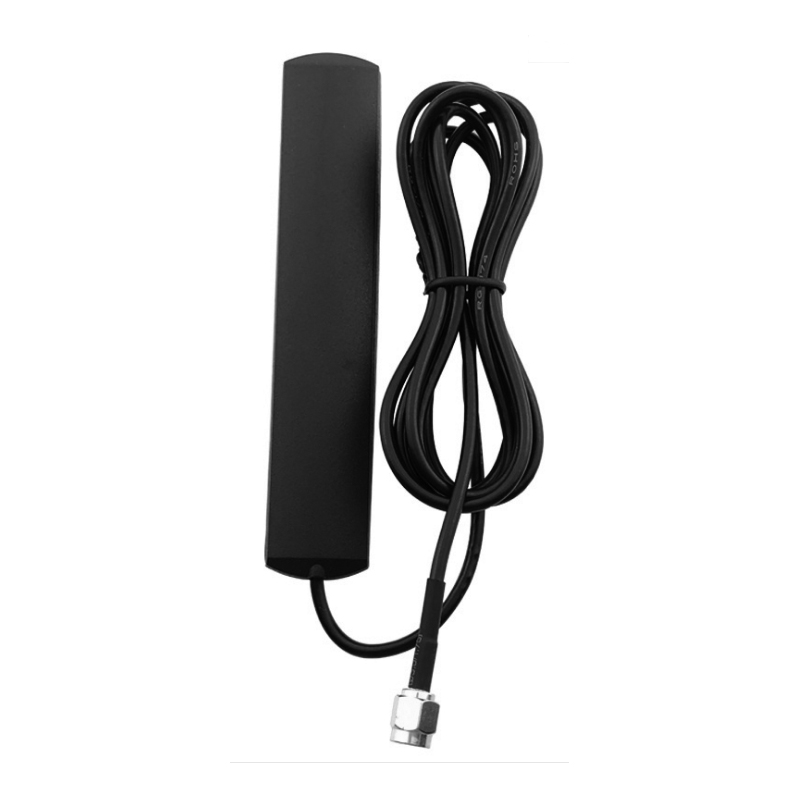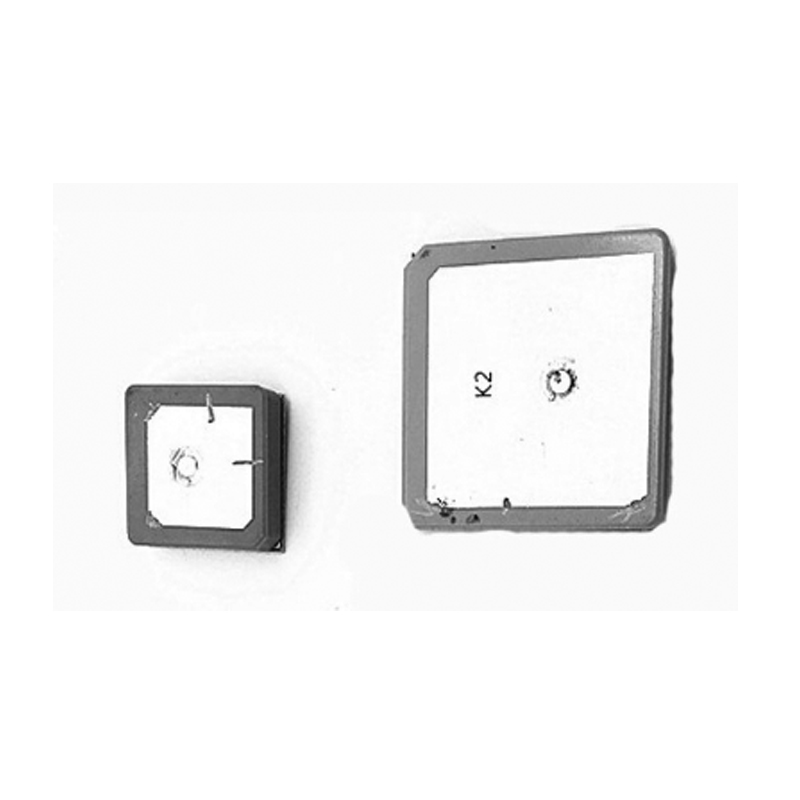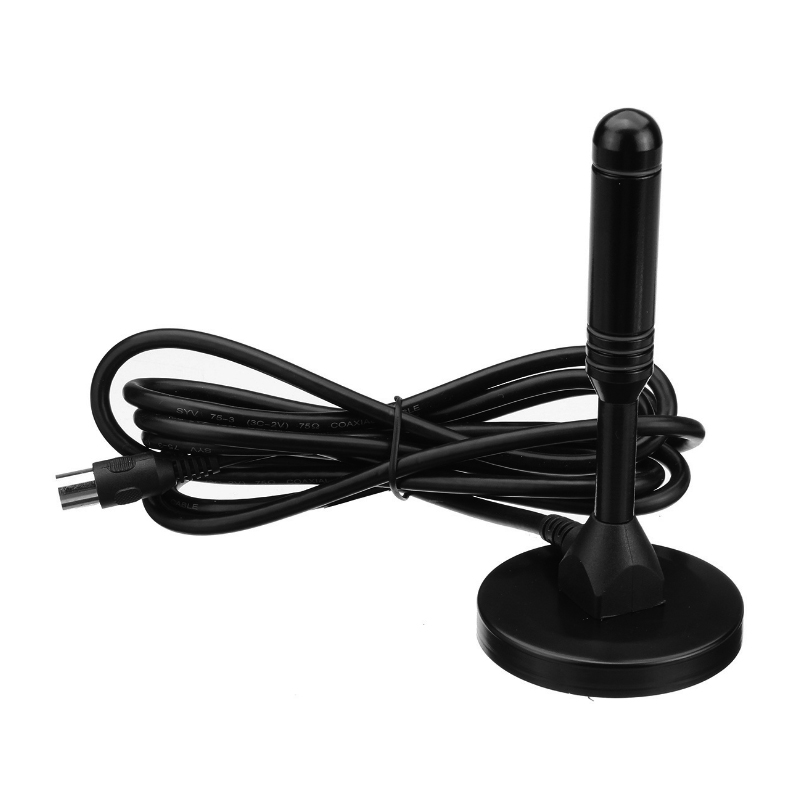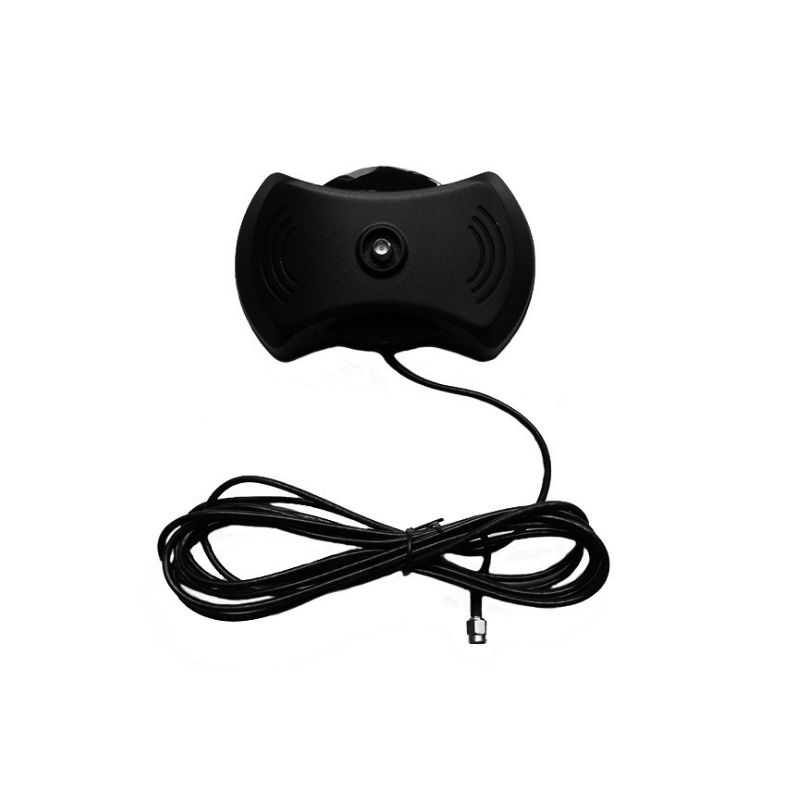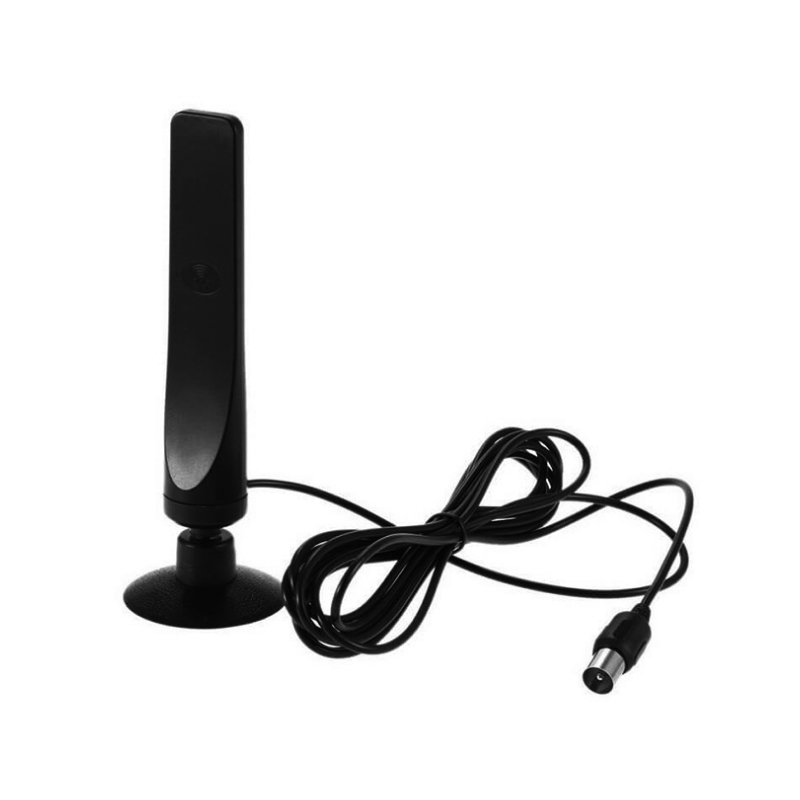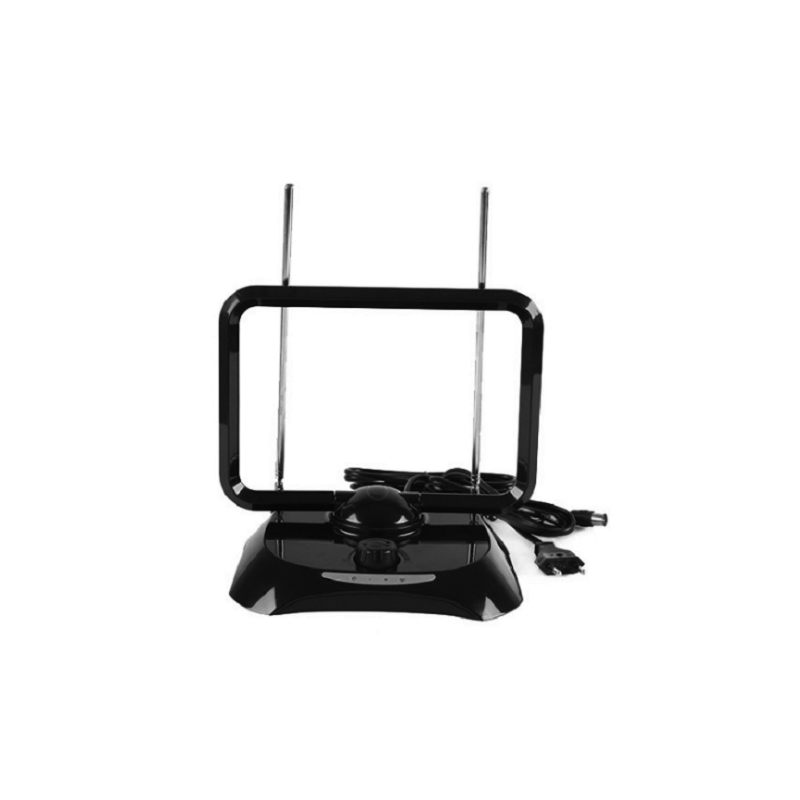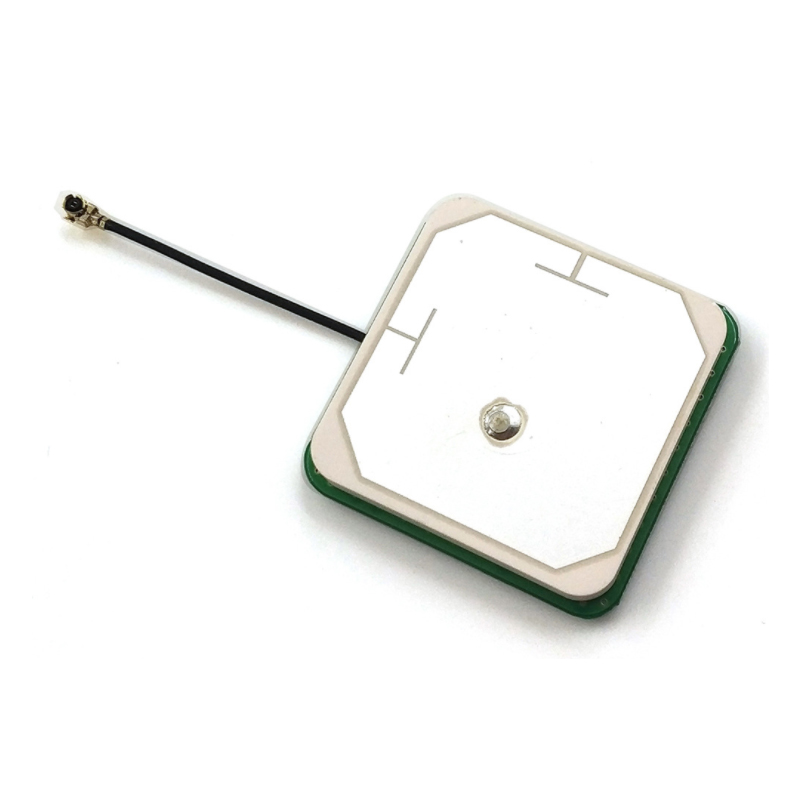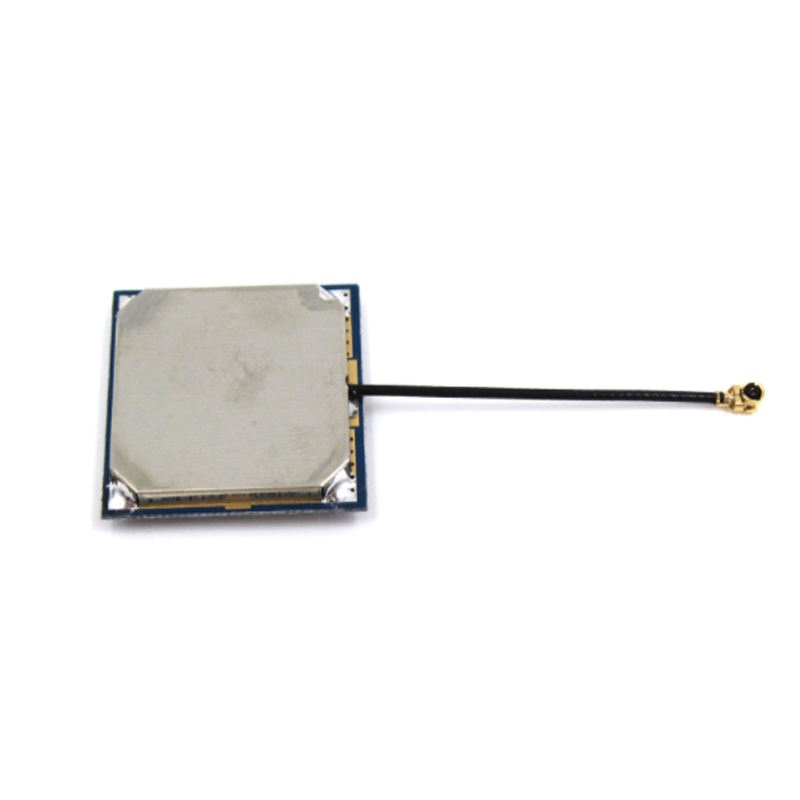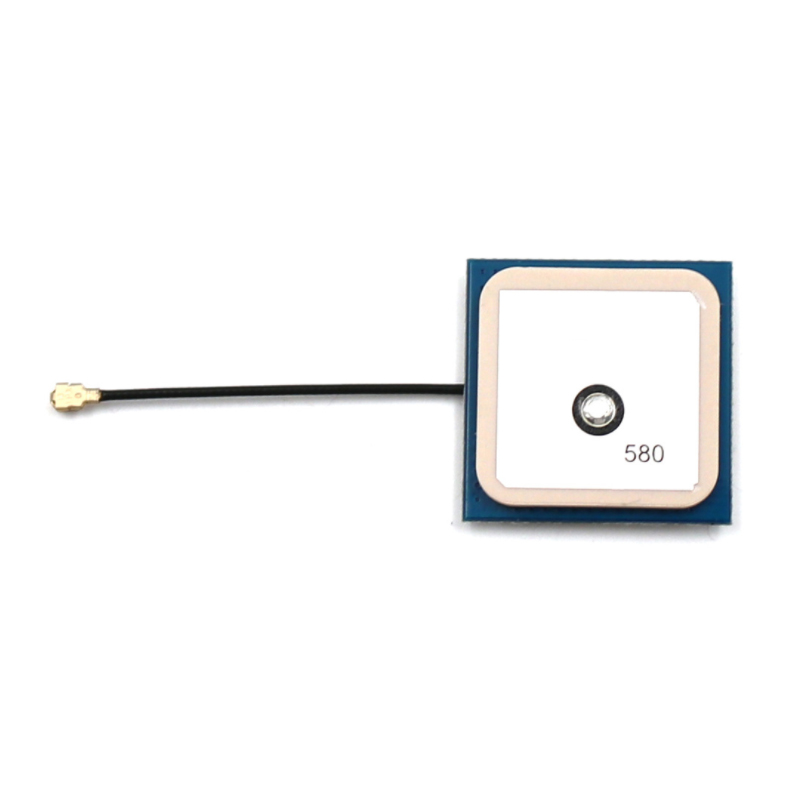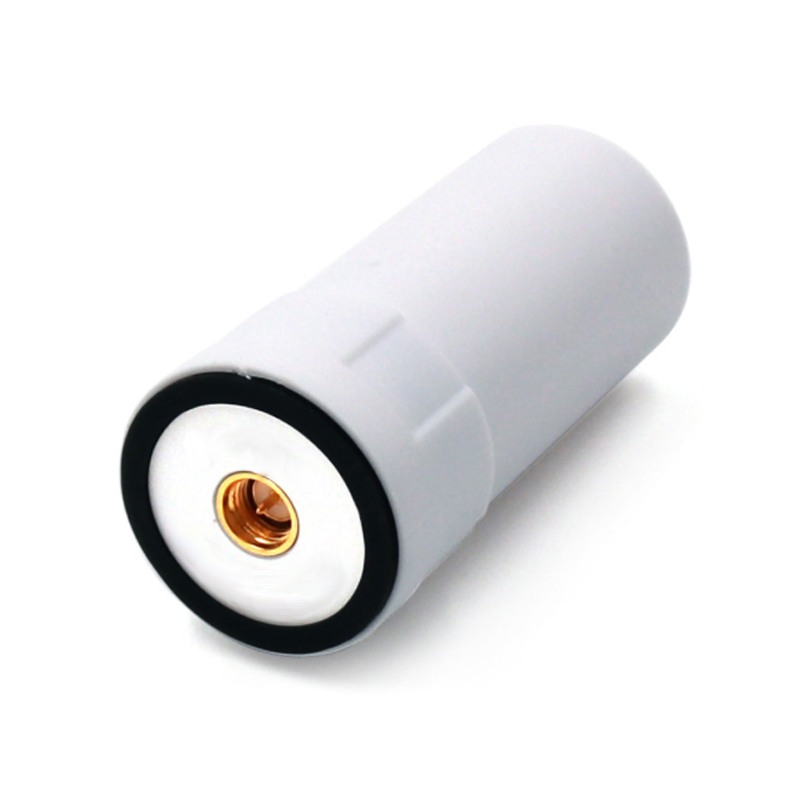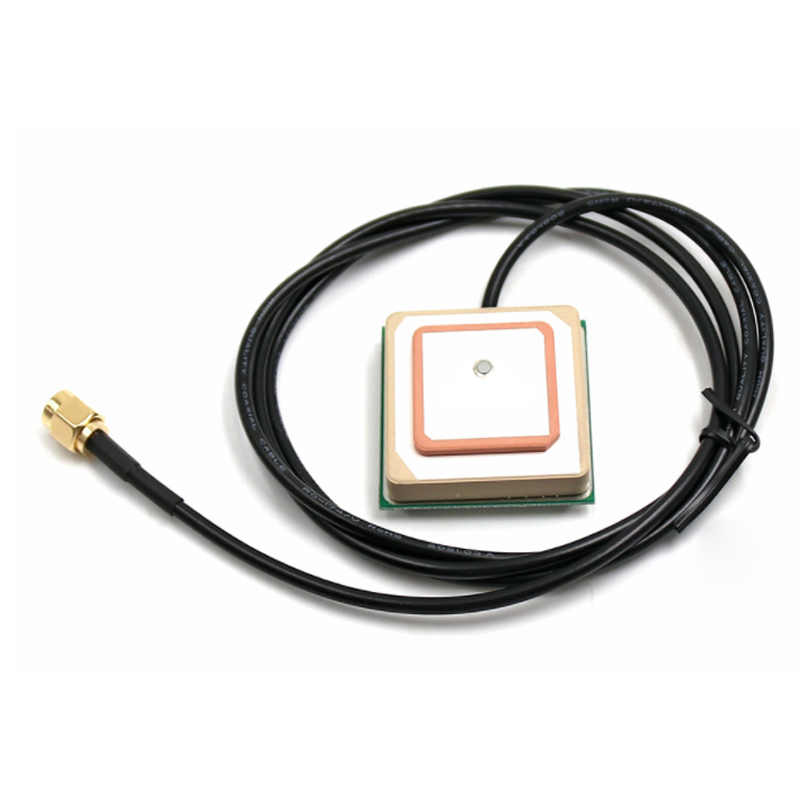What is an antenna (radio equipment)?
Antenna is a kind of converter, which transforms the guided wave propagating on the transmission line into electromagnetic wave propagating in unbounded medium (usually free space), or vice versa. In radio equipment, a component used to transmit or receive electromagnetic waves. Engineering systems such as radio communication, broadcasting, television, radar, navigation, electronic countermeasures, remote sensing and radio astronomy rely on antennas to transmit information by electromagnetic waves. In addition, in terms of transmitting energy with electromagnetic waves, non signal energy radiation also requires antennas. General antennas are reversible, that is, the same pair of antennas can be used as both transmitting and receiving antennas. The basic characteristic parameters of the same antenna as transmitting or receiving are the same. This is the reciprocity theorem of antennas.
What is the function of the antenna?
The antenna radiates radio waves and receives radio waves. However, what the transmitter sends to the antenna through the feeder is not radio waves, and the receiving antenna cannot send radio waves directly to the receiver through the feeder, which must go through the process of energy conversion. Next, we take the radio communication equipment as an example to analyze the signal transmission process, and then explain the energy conversion function of the antenna.
At the transmitting end, the modulated high-frequency oscillation current (energy) generated by the transmitter is input into the transmitting antenna through the feeding equipment (the feeding equipment can directly transmit current wave or electromagnetic wave according to different frequency and form), and the transmitting antenna converts the high-frequency current or guided wave (energy) into radio wave - free electromagnetic wave (energy) to radiate to the surrounding space (see Fig. 1); At the receiving end, the radio wave (energy) is converted into high-frequency current or guided wave (energy) through the receiving antenna and transmitted to the receiver through the feeding equipment. It can be seen from the above process that the antenna is not only a device for radiating and receiving radio waves, but also an energy converter and an interface device between circuit and space.
How are FBelec antennas classified?
1. According to the nature of work, it can be divided into transmitting antenna and receiving antenna.outdoor antennas
2. It can be divided into communication antenna, broadcast antenna, TV antenna, radar antenna,RF Antenna etc.
3. According to directivity, it can be divided into omnidirectional antenna and directional antenna.
4. According to the working wavelength, it can be divided into ultra long wave antenna, long wave antenna, medium wave antenna, short wave antenna, ultra short wave antenna, microwave antenna, etc.
5. According to the structure and working principle, it can be divided into line antenna and area antenna. The characteristic parameters describing the antenna include pattern, directivity coefficient, gain, input impedance, radiation efficiency, polarization and bandwidth.
6. According to the dimension, it can be divided into two types: one-dimensional antenna and two-dimensional antenna
One dimensional antenna: it is composed of many wires. These wires are either like straight lines used in mobile phones, or some smart shapes, like the old rabbit ears used on TV before the emergence of cables. Monopole and bipolar antennas are two basic one-dimensional antennas.
Two dimensional antenna: varied, including sheet (a square metal), array (a bundle of organized two-dimensional patterns), horn and dish.
7. Antennas can be divided into three categories according to different applications: Handheld antenna, vehicle antenna and base antenna.
Handheld antenna: it refers to the antenna for personal use of handheld walkie talkie. There are two common types: rubber antenna and pull rod antenna.
NINGBO FBELE ELECTRONICS CO.,LTD.
FBELE company was founded in 1997, is China's leading manufacturer of acoustic and other electronic components, we designs,manufactures, distributes high quality products in very competitive price, bestservice, timely delivery, small order acceptable, etc. Our products include piezo ceramic element, piezoelectric buzzer, magnetic buzzer,speakers, transducer, receiver, electret condenser microphone, magnetic contact. Piezoelectric alarm,ultrasonic sensor,PZT ceramics,etc.
- Following 0
- Followers 0
- Send Msg








